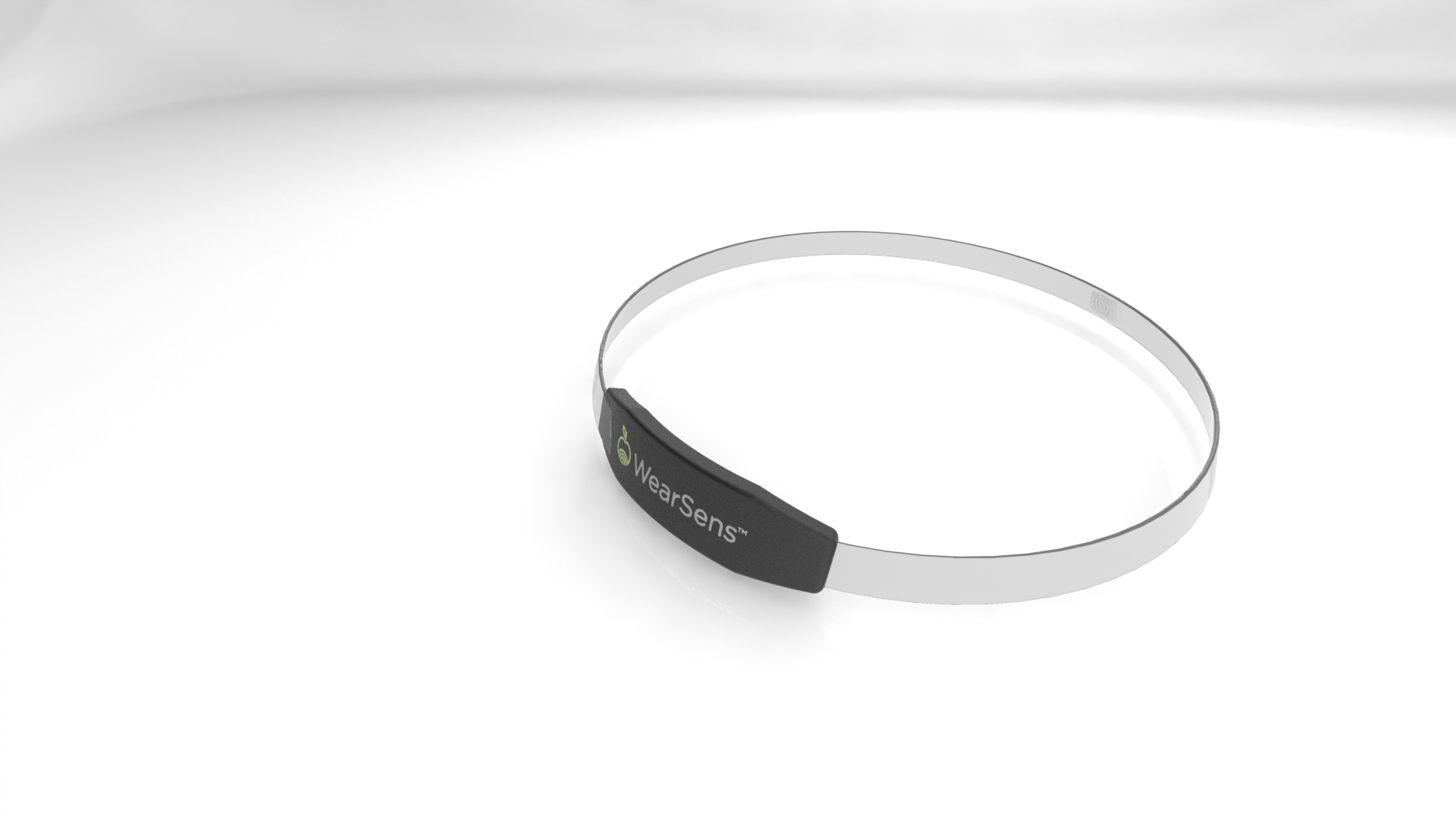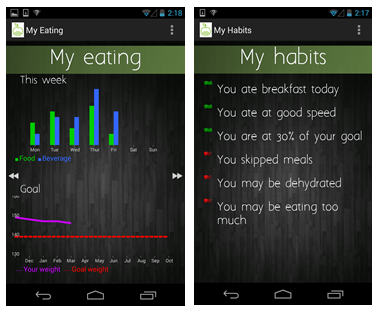Researchers at UCLA’s Henry Samueli School of Engineering and Applied Science have created a piece of wearable technology meant to monitor and ultimately improve upon a user’s dietary habits.

The WearSens device is a “smart” necklace that uses a bevy of sensors and a special algorithm to discern what food and drink a user consumers. It was tested on 30 people who ate a variety of food and was able to differentiate between solids and liquids with 87% accuracy, between hot and room-temperature drinks with 90% accuracy, and between foods with different textures with 80% accuracy.
The group that created the WearSens said that these figures will improve as users calibrate the device based on their eating habits.
“Today, many people try to track their food intake with journals, but this is often not effective or convenient,” said Majid Sarrafzadeh, who led the team that created the device, and is a distinguished professor of computer science and co-director of UCLA's Wireless Health Institute. “This technology allows individuals and health care professionals to monitor intake with greater accuracy and more immediacy.”
WearSens sits above the user’s sternum and uses highly-sensitive piezoelectric sensors to capture the vibrations that come while swallowing. As the wearer eats or drinks, skin and muscle motion from the lower trachea trigger these sensors, at which point the necklace transmits the signal to a smartphone, where the aforementioned algorithm then converts the data into information about the food / beverage.

The phone then displays data about the volume of food / liquid consumed, and offers advice or analysis on things like if its owner should drink more water, or if they’re eating more / less than the day prior.
Sensor information captured by WearSens is also visually translated using a spectrogram. While they’re often used in speech therapy and seismology, in this particular instance, it gives the user a visual look at what vibrations are being picked up by the device.
“The breakthroughs are in the design of the necklace, which is simple and does not interfere with daily activity, and in identifying statistical measures that distinguish food intake based on spectrogram images generated from piezoelectric sensor signals,” explained Nabil Alshurafa, a graduate student researcher at UCLA who is a co-inventor of the device and the first author of the research.
The team plans to continue refining the algorithms and improving upon the necklace’s design. They hope to make WearSens available to the public later this year.
Learn more about WearSens via the video below:
Via: UCLA
Advertisement
Learn more about Electronic Products Magazine





